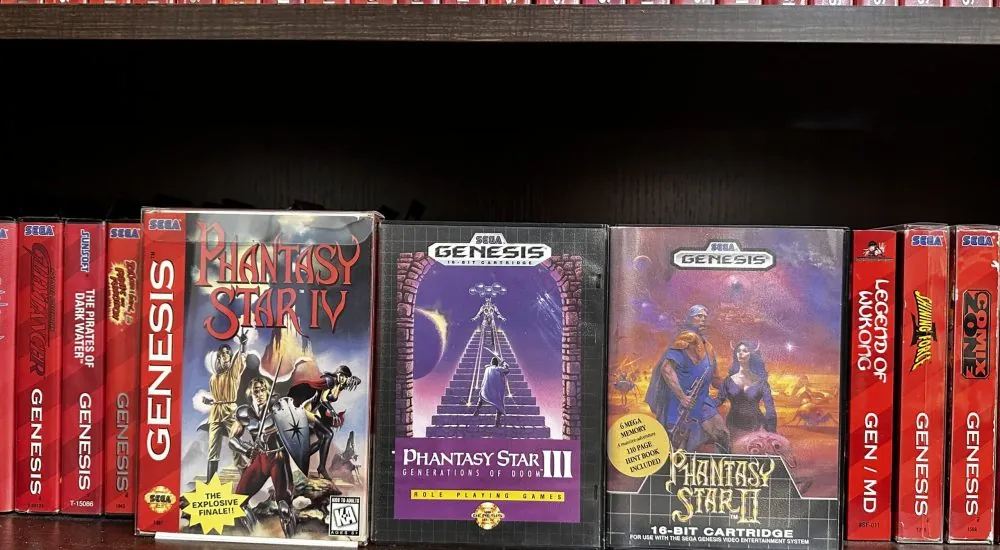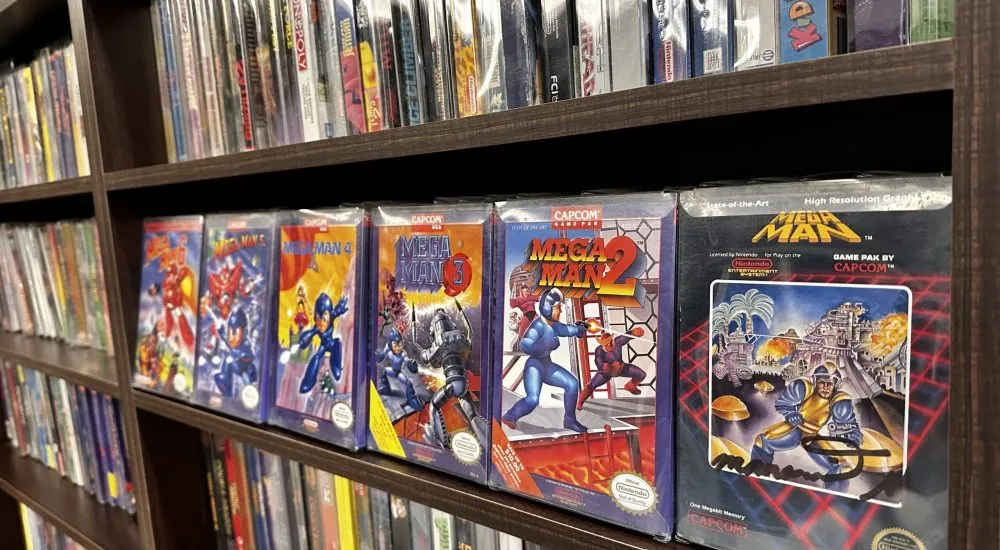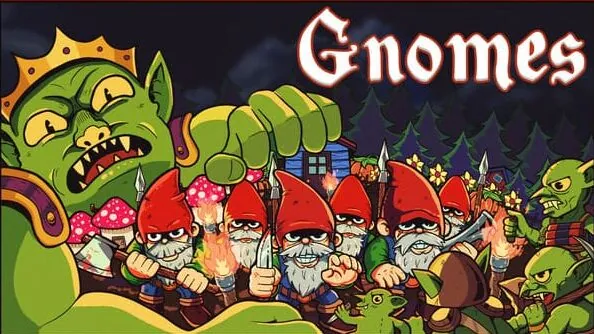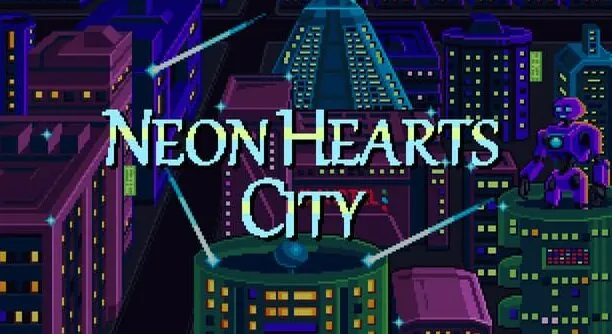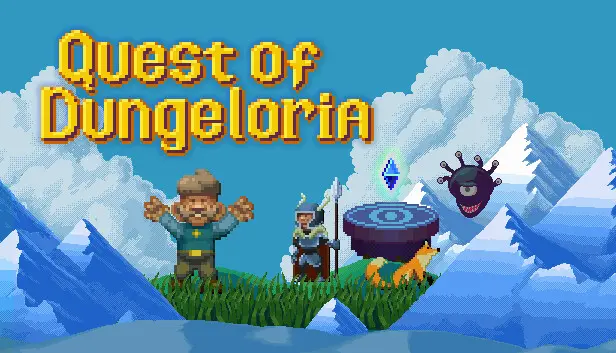Klonoa is a platform game set in the dreamlike world of Phantomile, featuring the main character Klonoa, who is a unique creature that is half-cat, half-boy. Upon discovering a shiny ring in the ground, Klonoa meets Huepow, a ring spirit. Together, they investigate a mysterious airship crash into a mountain and uncover an evil plot by Ghadius and his followers to obtain a special pendant. As Klonoa works to thwart their plans, the game’s focus on storytelling sets it apart from other platform games, though some may find the dialogue corny and the made-up language irritating. Designed with a younger audience in mind, Klonoa’s attempt to be serious may come across as forced and less enjoyable for some players.
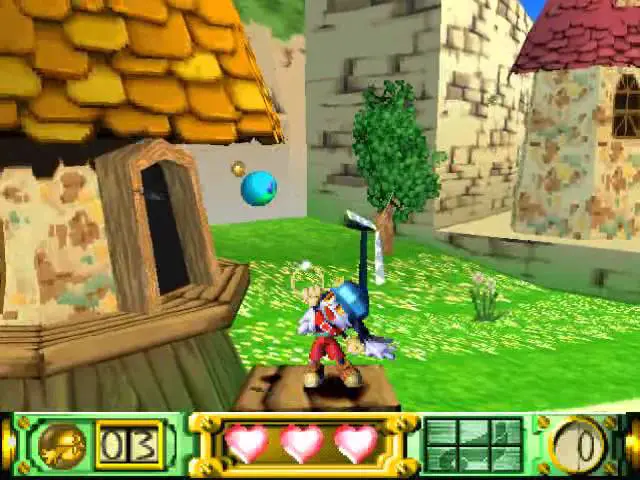
Klonoa: Door to Phantomile is a side-scrolling platformer where players control the main character, Klonoa, through stages by jumping over gaps and battling enemies. What sets Klonoa apart is his ability to use a magic ring to grab and throw enemies in different directions, including into the background. This unique mechanic allows for double-jumping by bouncing off enemies, a key move in the game. Players must rely on the grab-and-throw method to defeat enemies, as jumping on them won’t work. There are no power-ups in the game, and Klonoa has a three-heart health meter that decreases if he takes damage. However, levels are filled with health items to collect and help keep Klonoa in the game.
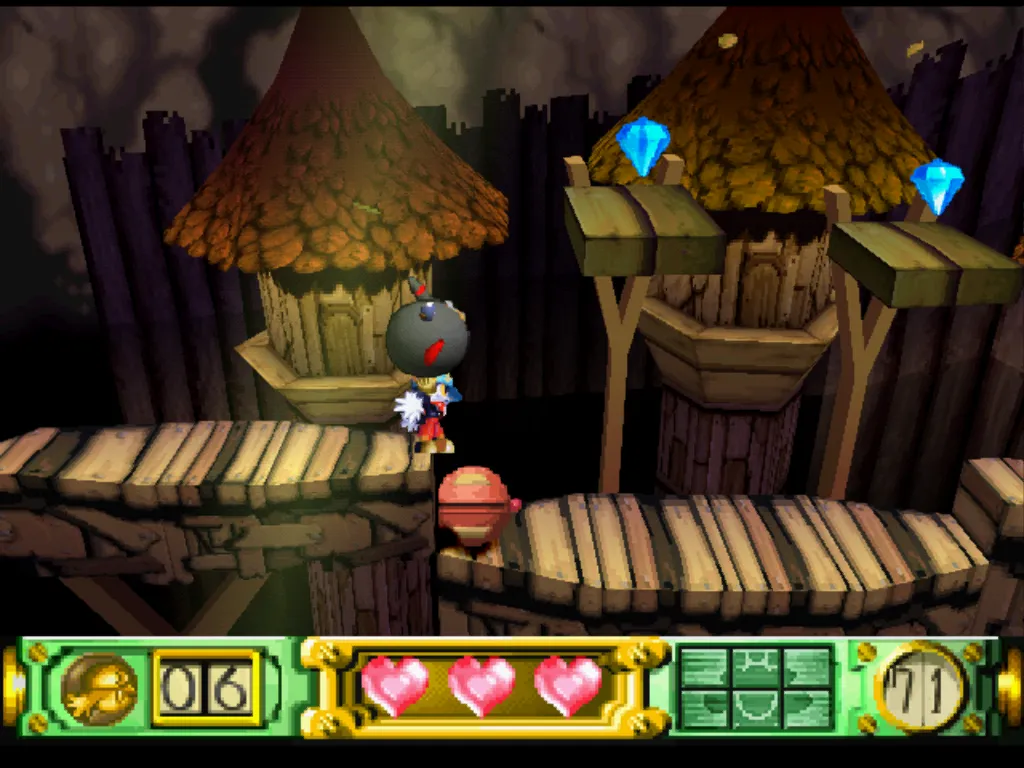
The standout feature of this game is its innovative 3D mechanics, with the camera rotating around the landscape to bring the scenery to life. Both the background and foreground interact with gameplay in clever ways, allowing players to hit distant objects and enemies and encounter threats from both behind and in front. The game creatively uses space in later levels, with overlapping paths that require strategic thinking to reach, adding an exploration aspect to each stage. The mixture of 2D and 3D elements enhances the level design, particularly evident in boss fights set in circular arenas that showcase the developers’ dedication to 3D gameplay. Overall, this game was crafted with passion and attention to detail from start to finish.
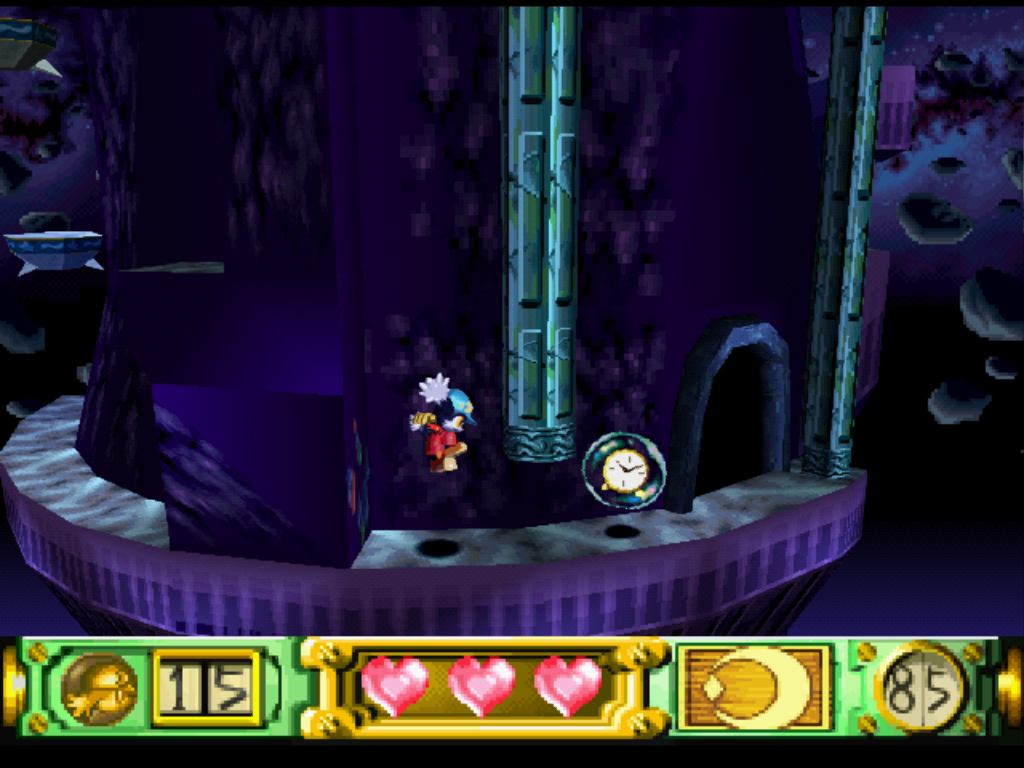
This game focuses more on puzzles than your typical platformer. Its levels are creatively designed to offer challenges and reveal new routes, steering away from the linear path seen in most platformers. The levels are intricate and labyrinth-like, with multiple paths to choose from that overlap in a 3D-like fashion or connect through doorways. Players may need to activate switches to alter the landscape or access different background areas. The level design is sophisticated and sets Klonoa apart from other sidescrollers. However, one drawback is that the game can be completed quickly by experienced players, leading to a potentially short gameplay experience. Due to its scarcity and high cost, players may find it more worthwhile to opt for the more recent Wii version of the game.
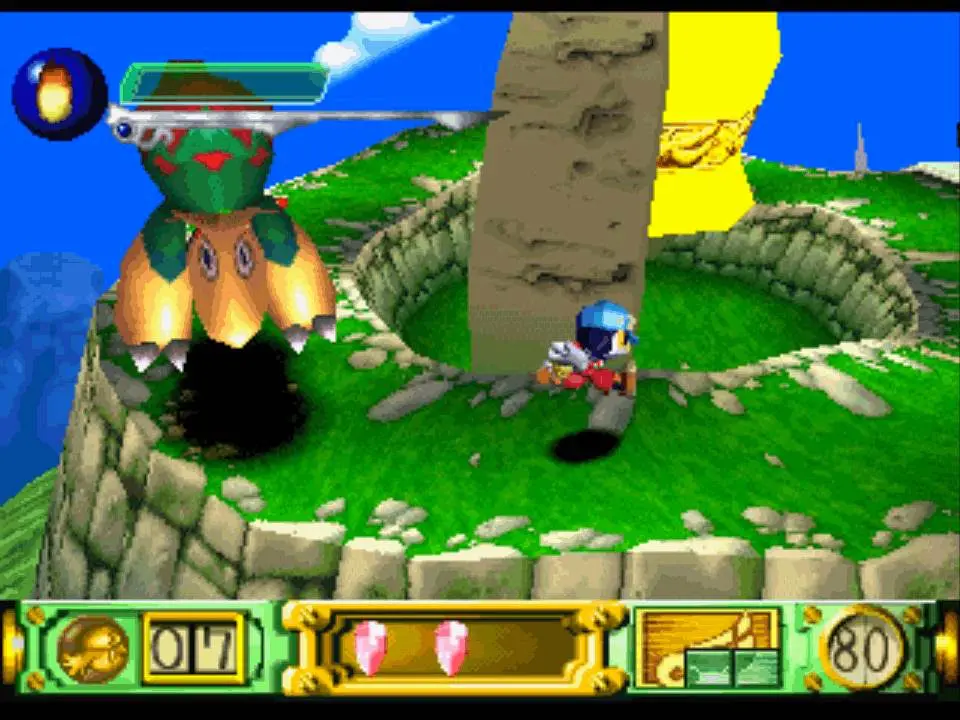
Klonoa: Door to Phatomile is praised for its aesthetic appeal on the PS1, despite its mix of sprite-based characters and simplistic polygonal environments. The game is noted for its sense of wonder and charm with vibrant and abstract visuals, such as the windmills in the verdant fields that leave a lasting impression. While the sprite characters may lack refinement when enlarged, the larger boss figures in polygons are visually impressive. The soundtrack, featuring flutes, adds to the fairy-tale ambiance and is considered a standout feature worth owning. Despite being initially overlooked, Klonoa has gained a dedicated fanbase over time, surpassing other platformers on the PlayStation with its unique style. It’s a regret that it didn’t receive the attention it deserved during its release, as it is considered one of the finest platform games of its time for its inventive approach to the genre.




